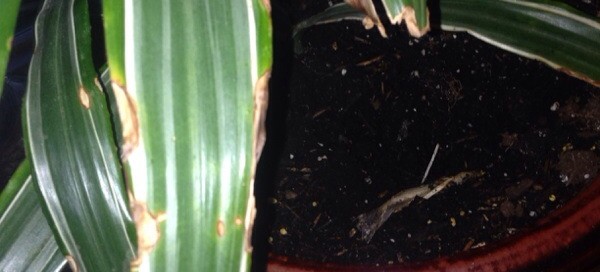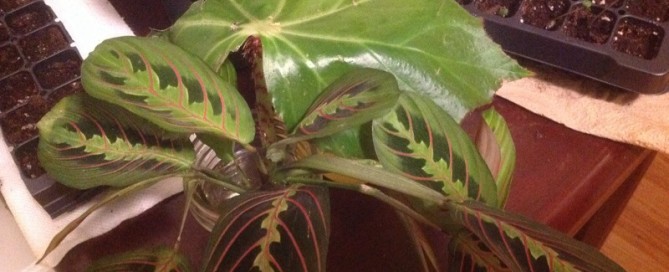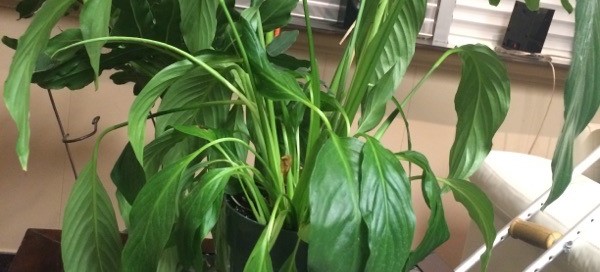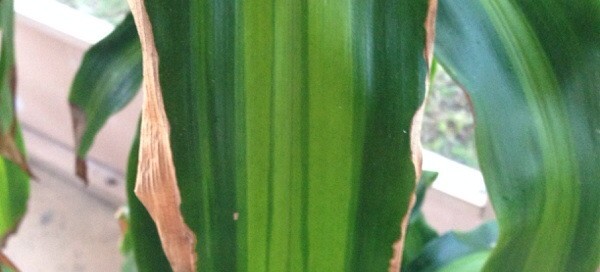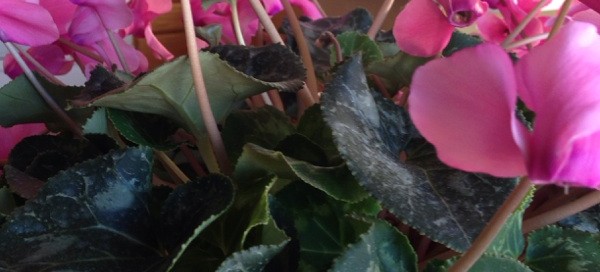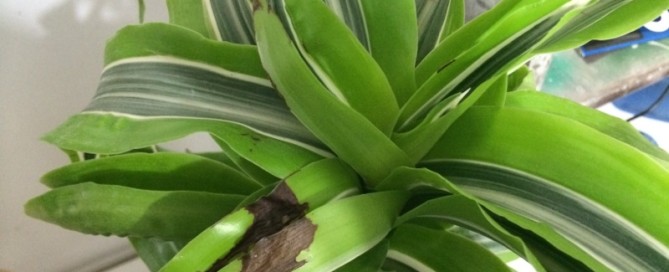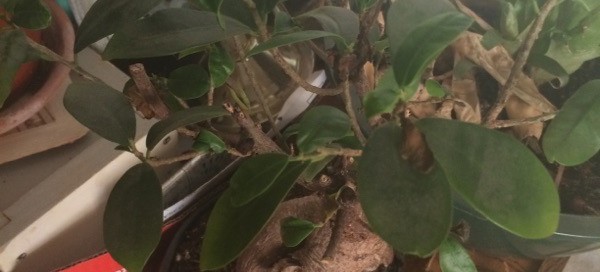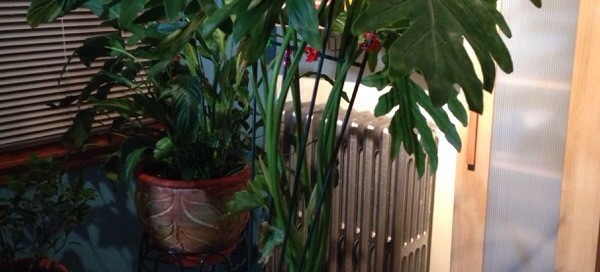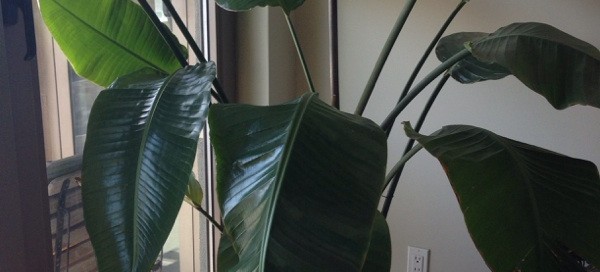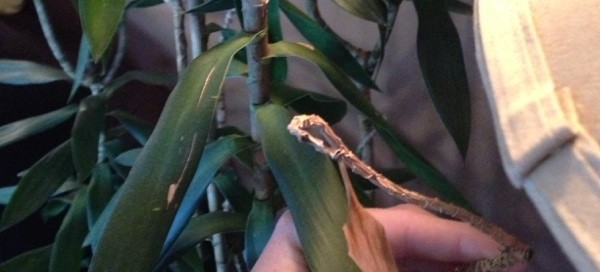Dracaena Problem
There could be one or more of several reasons why the leaves are turning brown: make sure when watering (about once every 7 days) that the soil feels dry down to the first knuckle before watering again and that the water drains out without allowing the plant to sit in water (if there is a saucer under the plant and it is sitting in the water after watering, then this may lead to root rot); feed with a slow-release or organic fertilizer formulated for container plants; the potting soil should be a well-draining commercial potting soil or cactus potting soil (sterile and well-draining); needs bright, indirect light. Finally, if the leaves continue to brown, suggest you switch to steam iron water - many houseplants come from the rainforest and are sensitive to the salts in tap water. There could also be some disease issues. Here is more info: http://www.hgtv.com/landscaping/qa-leaf-spots-on-dracaena/index.html
